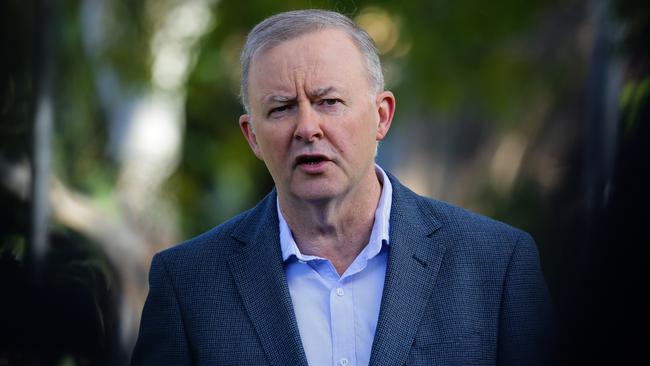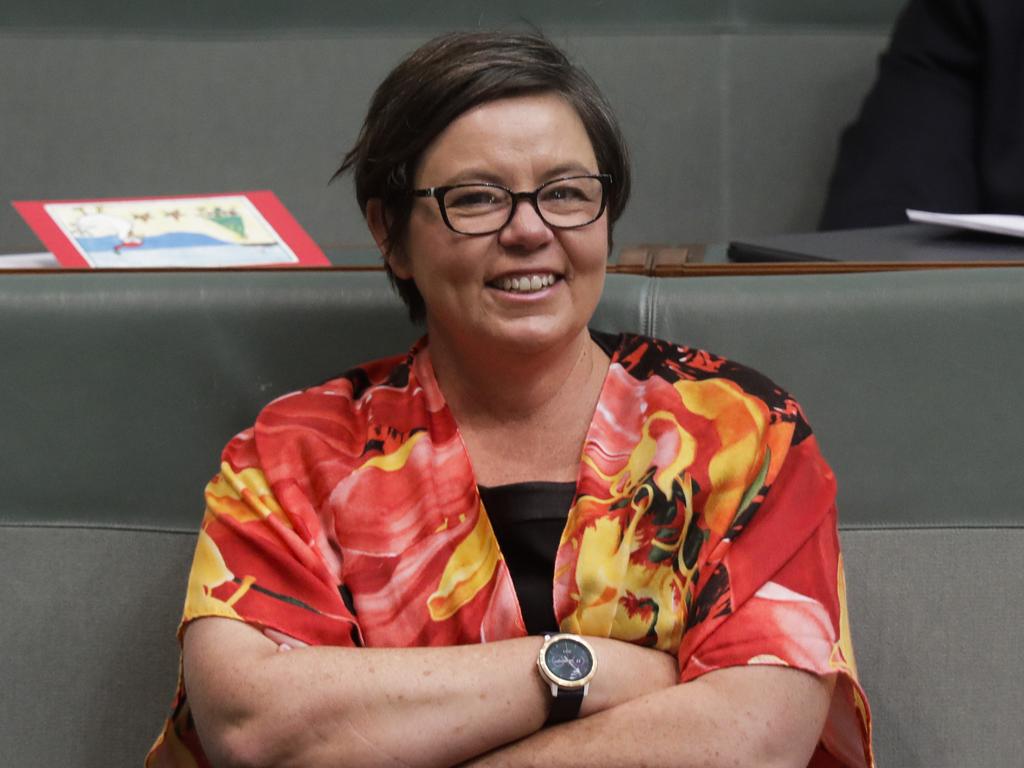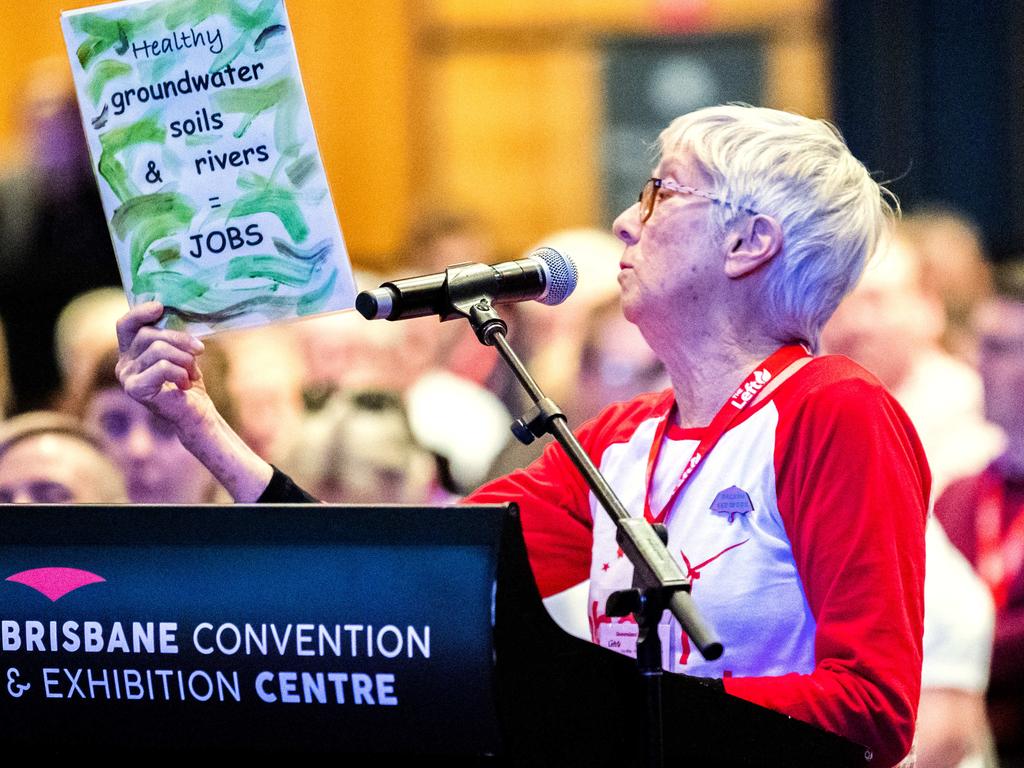Labor bleeds support as class influence on vote choice wanes
A study of Western democracies has observed a dramatic decline in Labor’s electoral performance and future viability.

A global study examining political parties in Western democracies charts a dramatic decline in Labor’s electoral performance and future viability as education and income become more important than class in determining voter choices.
The study led by French economist Thomas Piketty shows that traditional voting allegiances have fragmented, with highly educated voters increasingly voting Labor and less educated voters increasingly voting Liberal.
The study reveals that working-class voters were more likely to vote Labor than Liberal by a margin of 30 percentage points in the 1960s. Now the gap barely exceeds five percentage points. The Liberals have struck deep into Labor’s traditional working-class constituency.
The reversal of the relationship between education and ideology has driven the dealignment of subjective class affiliations determining vote choices and explains why Labor’s primary vote has declined steadily from 50 per cent in 1943 to just 33 per cent in 2019.
In 1963, Labor won the votes of just 19.5 per cent of those with university degrees while the Liberal Party gained 63.1 per cent of those with degrees. In 2019, Labor’s share of support from those with degrees increased to 37 per cent whereas the Liberal Party’s support in this group declined to 24.3 per cent.
There also has been a shift in voter allegiance based on incomes, with the wealthiest voters trending towards Labor and the Liberals gaining a greater share of lower income voters.
Labor secured the support of 61.8 per cent of voters on low incomes in 1963 but gained only 30.8 per cent in 2019. In contrast, the Liberal Party won the support of 68.3 per cent of top income earners in 1963 but this fell to 37.7 per cent in 2019.
Detailed data from the World Inequality Lab study and a forthcoming book examining political cleavages in 50 nations has been provided to The Weekend Australian by Professor Piketty and his co-authors based in Paris and London, Amory Gethin and Clara Martinez-Toledano.
The shattering of conventional voting loyalties and demographic trends does not favour Labor as its vote has become less concentrated among low-income, lower-educated and working-class voters, which mirrors the experience of other centre-left political parties around the world.

“Higher-educated voters have become increasingly supportive of labour, social democratic, liberal, and green parties, while high-income voters have remained more likely to vote for conservative forces,” the authors find.
This has led to what Professor Picketty describes as “multi-elite party systems” comprising a “Brahmin Left”, made up of intellectuals who increasingly support centre-left parties, and a “Merchant Right” mostly made up of wealthy business people who are still more likely to support centre-right parties. This elitism, he suggests, has led to support for populist fringe parties.
“We observe a shift of higher-educated voters from supporting the Liberal-National Coalition to voting increasingly for Labor and especially for the Australian Greens,” the authors told The Weekend Australian. “Australia has therefore also transitioned to a multi-elite party system.” Australia’s post-war era structured political conflicts on a left-right axis, between Labor and the Coalition, which was class-based. But there has been a long-run decline in voting along class lines in Australia.
The authors note that while Labor still attracts a significant share of voters from poor backgrounds than most other centre-left parties around the world, this is weakening and has become less concentrated.
These trends have accelerated in the past 10 years. The study finds that the Liberals and Nationals together received the votes of 42 per cent of working-class voters between 2010 and 2019. Labor also received 42 per cent of the working-class vote in this period. So, the working-class gap between the Coalition and Labor no longer exists. The data also reveals that the Greens, who have stolen voters from Labor’s left flank since the 1990s, have a constituency that is very different to Labor, exposing how difficult it is to win these voters back to the Labor fold.
The Greens, who have lifted their vote from zero in the 1990s to about 10 per cent today, attract voters who are mostly wealthy, university educated and live in urban areas. The party attracts just 7 per cent of working-class voters.








To join the conversation, please log in. Don't have an account? Register
Join the conversation, you are commenting as Logout